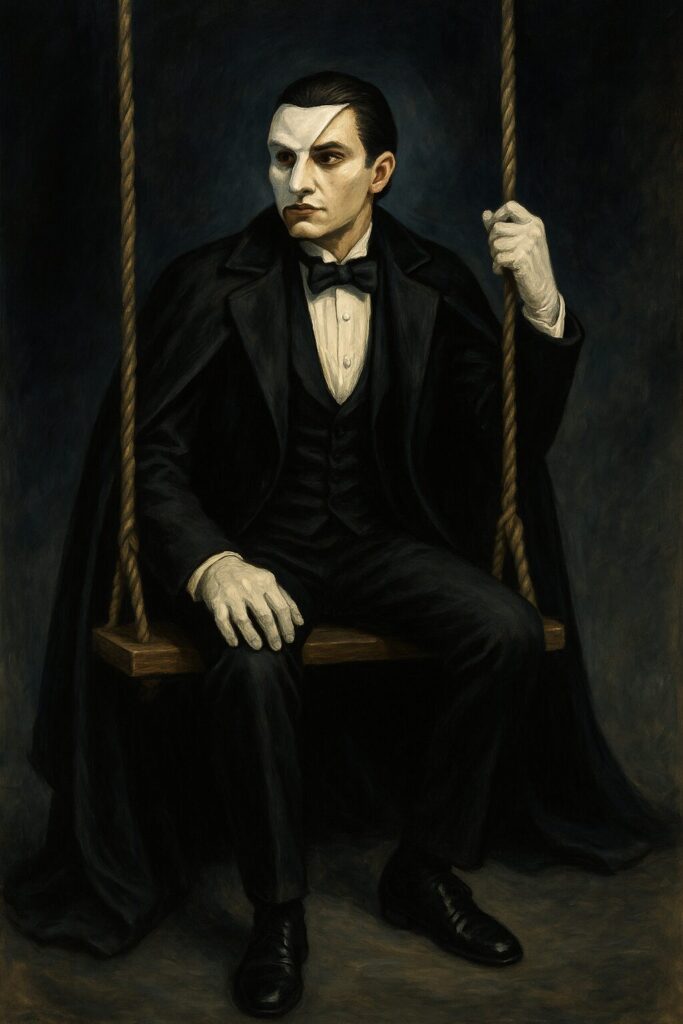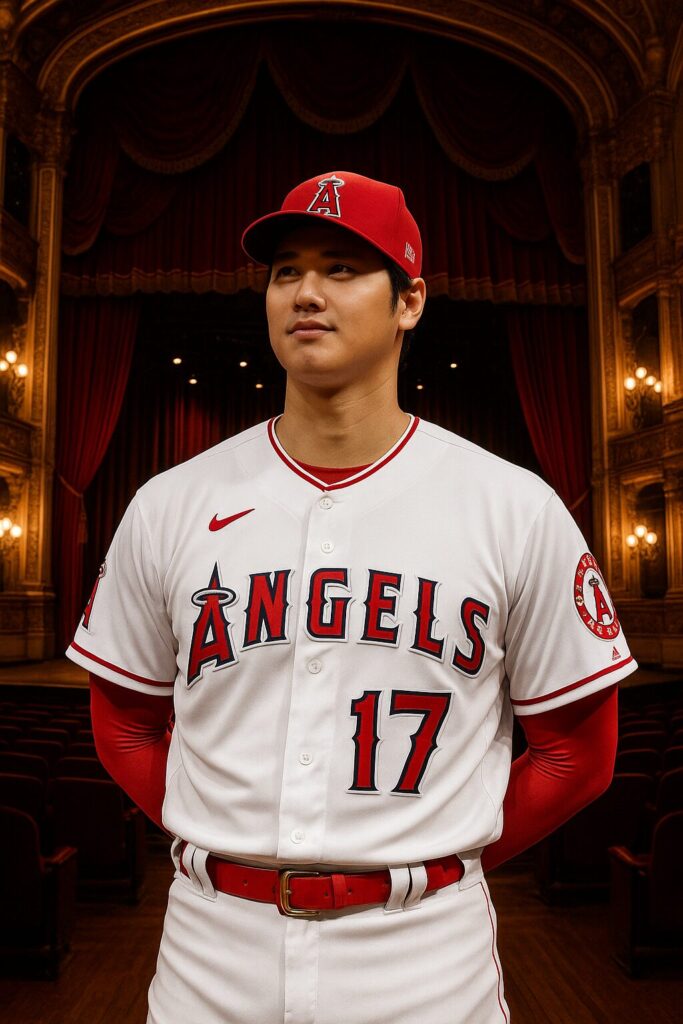“What does a swing do in Broadway shows?”
Great question.
Guys who didn’t grow up around theater people may go much of their lives without ever having heard the term “swing.”
At some point they may just smile and nod along, grinning at their whiskey, while hoping to figure out the answer to “What’s a swing role in a Broadway show?” Theater people are amazingly kind and enthusiastic to teach others the meanings of key Broadway lingo, but sometimes bros want to keep a lower profile and trust that they, and their booze, can figure out the answer to question like “What is a swing in musical theater?”
Broadway for Bros is here to help.
Bow Down to the Multi-Talented Broadway Swing

A swing in Broadway is often confused with the role of understudy, but there are important differences.
A swing in Broadway is a performer who understudies multiple ensemble roles in a show. Unlike a traditional understudy who usually covers one specific part, a swing must be prepared to step into several different roles—sometimes on very short notice—depending on who is absent.
Swings often learn a wide range of choreography, staging, and sometimes even vocal parts for various ensemble members. It’s one of the most demanding and underappreciated jobs in theater, requiring versatility, memory, and adaptability.
In short: a swing is the ultimate backstage hero who keeps the show going when someone in the ensemble is out.
Bro Examples of Familiar Swings
Just like a swing in Broadway must be ready to perform multiple roles, these athletes are versatile backups or specialists who fill in wherever the team needs them—often saving the day without always getting the spotlight.

NFL football standout and Tom Brady go-to guy Julian Edelman (formerly New England Patriots) was primarily a wide receiver, but also returned punts and was a college QB. Edelman could be considered a swing, and let’s face it, he made Tom Brady look good. Total team player.
MLP phenom and hero to Japan Shohei Ohtani was a dominant pitcher and powerful hitter—like being a Broadway lead and ensemble swing at once. Rarely does a player consistently display a spectrum of talent at that level, all for the better of the team.
Also, shout out to Ben Zobrist who play second base, shortstop, outfield which was key to the Cubs’ 2016 World Series win.
Notice that these players, like Broadway swings, developed an incredible confidence in their skills and abilities through intense training, innate talent, and dedication to their craft; but, equally important, these stars were also humble enough to jump into other roles and do whatever necessary to help out their teams. That’s peak swing mentality, and a reason to celebrate these often unsung heroes.
